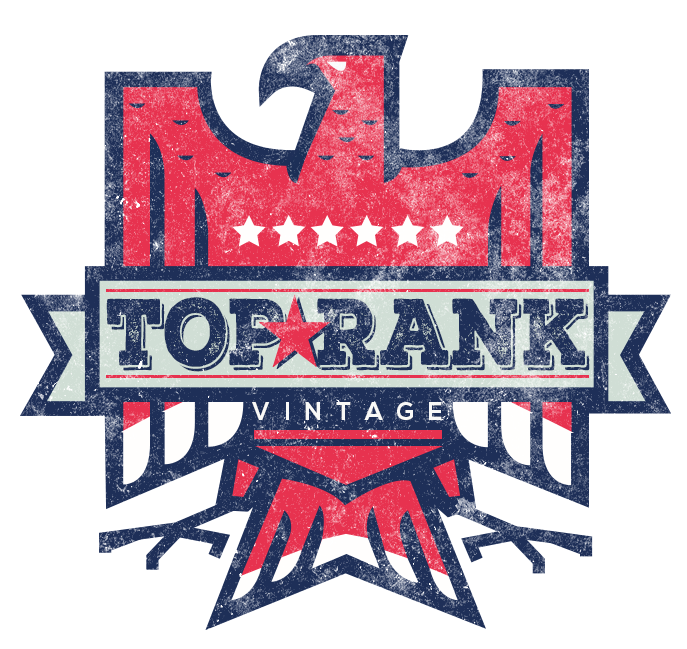News
Flashback: How Camouflage Clothing Became a Fashion Trend
The history of the interconnected relationship between military camouflage and fashion is perpetual. Season after season it floods runways and fills closets, but why? Maybe because the first creators of camouflage were artists and designers. Maybe because we love the ease and functionality of tactical clothing. Or maybe we just like to feel in charge. Whatever the reason, tactical clothing has been a long been a fascination in the fashion industry.
A soldier’s uniform stands for allegiance and honor. It denotes branch, rank, and title. But when it comes to camouflage, it means more. It can mean the difference between life and death on the battlefield. So, how did clothing intended to be invisible become a fashion staple? Let’s look at the history.
Brief History of Camouflage
There are few inventions as revolutionary to military uniforms as camouflage—which became a staple during the WWI era. Militaries first used camouflage patterning to hide, not people, but locations and equipment. When machine guns, trench warfare, and aerial photography emerged, France, as well as England, Germany, and the United States, abandoned the traditional, brighter uniform colors, and opted for a muted olive drab color. They began developing low-visibility uniforms and even formed a camouflage unit, called camofleurs, made up of people who were artists and designers in their regular lives.
In 1940, the U.S. Army Corps of Engineers started experimenting with camouflage uniforms and by 1943, U.S. Marines started wearing reversible beach coveralls with a “frog” pattern of green and brown. But by the end of WWII, camo lost favor once more. Select units of the Army continued to experiment with and wear camouflage throughout the 20th century, but the first official camouflage uniform didn’t emerge until the mid-’80s.
From Field to Fashion
As early as 1943, Vogue magazine picked up on the field trends and incorporated it into the fashion world. It basically just explained what military camouflage was to Vogue readers and its main function. It wasn’t until 1971 when the next article came and featured a trend collage on camo with images of girls dressed in the tactical gear. The camo craze really exploded in the 1980s, when hunters and civilians started sporting all types of green, tan, and brown apparel. The American military campaigns in Lebanon and Grenada are credited for the emerging trend, and many think it exploded due to people’s pride in their country.
Today, camouflage clothing is available in all shapes, colors, and styles—on everything from lingerie to shoes. Mainstream designers, like Christian Dior and Moschino have created camo couture. It’s really quite the fashion statement.
Camouflage has been used throughout history to hide or conceal. It’s intended to be invisible, but fashion has taken it and re-appropriated it to speak loudly.
Check out how camouflage has been worn throughout the years.
1917 World War I Soldier modeling early camouflage.
1940s - World War II era uniform
Vietnam era - Army's Engineer Research and Development Lab-made camouflage pattern
1981 Army - Woodland Camouflage Uniform

2004 Army Combat Uniform

2015 Army Combat Uniform
Camouflage Fashion Trend - Street Style
Celebrities rocking the camouflage street style trend
Camouflage on the Runway - Moschino Fashion Week 2017
Camouflage in Stores
Camo M65 Jacket - Top Rank
Alpha Industries + UO Liner Jacket
ROIAL Camo Joggers
Fleck Camo Hooded Jacket - Top Rank
Ashley Mason Camo Patch Jacket
Polo Ralph Lauren Camo Thermal Shirt













